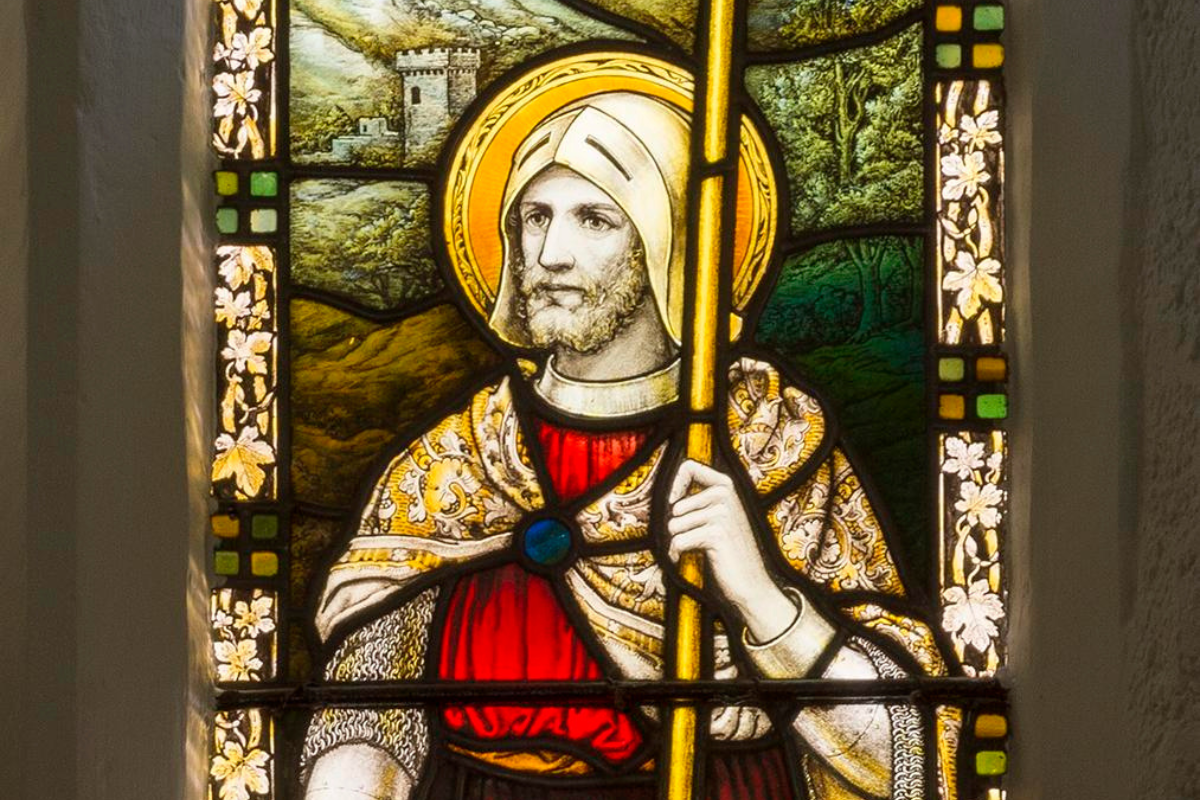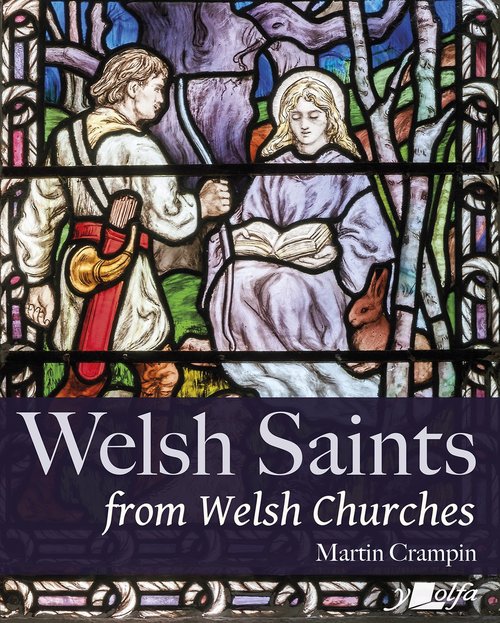The Story of Saint Illtyd

There are some 26 churches dedicated to St Illtud in Wales, of which four feature in the Churches Unlocked Festival this year – at Neath, Llanharry, Llantrithyd and Mamhilad. The buildings may be medieval, dating back to the early 12th century, but could be on the site of a pre-Norman foundation. They owe their dedication to St Illtud to the influence of the magister or teacher of Llanilltud Fawr, the great community of Illtud at Llantwit Major.
'The former Archdeacon of Margam Philip Morris tells us more...
Who was St Illtud?
In reality we know very little about him. The earliest ‘Life’ of St Illtud was written some six hundred years after his death and is full of historical inaccuracies.
The earliest mention of St Illtud comes in a 7th century ‘life’ of St Samson in which the five year old Samson is brought “to the school of the famous master of the Britons, Illtud by name” who is “most accomplished in all the Scriptures and in those of philosophy of every kind, and of rhetoric, grammar and arithmetic”.
This monastic school at Llantwit Major was well established by 490, and developed a reputation throughout south Wales and beyond as not only a place where children would be taught, but also as a training ‘college’ for priests and missionaries from which they would be sent out to Wales, Ireland, Cornwall and Brittany.
It is claimed to be the cradle of Celtic Christianity, with many churches and communities in the Celtic lands being able to trace their origins to one of the pupils of the school.

It is in the later ‘Lives’ of saints that we can trace the origins of the dedication to St Illtud of some of the Welsh churches. For example there is a tradition that St Illtud came to a small hermitage by the river Neath for Lenten observances, and on this site is built the present medieval church of Llantwit-juxta-Neath. The non-rectangular churchyard suggests that that was a pre-Norman church here which could have been founded by a missionary from Llanilltud Fawr. See Neath Churches Unlocked events here.
The churchyard at Llanharry similarly is not rectangular, so that, along with the dedication to St Illtud, means an early foundation. A 12th century ‘Life’ tells the story of two robbers stealing St Illtud’s herd of swine from the sty in which they were kept, and as a punishment turned into stone. The Latin word used for sty is hara from which is derived ‘harry’. See Llanharry Churches Unlocked events here.
Llantrithyd is named after Trynihid, St Illtud’s wife, who it is said was not allowed to live with her husband, so settled there, building an oratory ‘where most faithfully she prayed to the Lord Redeemer,’ naming her church after her husband. See Llantrithyd Churches Unlocked events here.
Philip Morris is the author of Llanilltud - The story of a Celtic Christian Community (Y Lolfa 2020). Available here.
Interested in Welsh saints?

'Welsh Saints from Welsh Churches’ by Martin Crampin is an exquisite book with over 500 images of depictions of saints (see above Window depicting St Illtud, St Catharine's Pontypridd). Through appreciating the individual makers’ work, Crampin tells the stories of forty-four male and female saints through the stain glass, sculptures and murals in over 250 Welsh churches.
Crampin has done extensive research from sources across Wales and many centuries to paint a picture of each saint who has shaped Welsh faith. The book is available here.